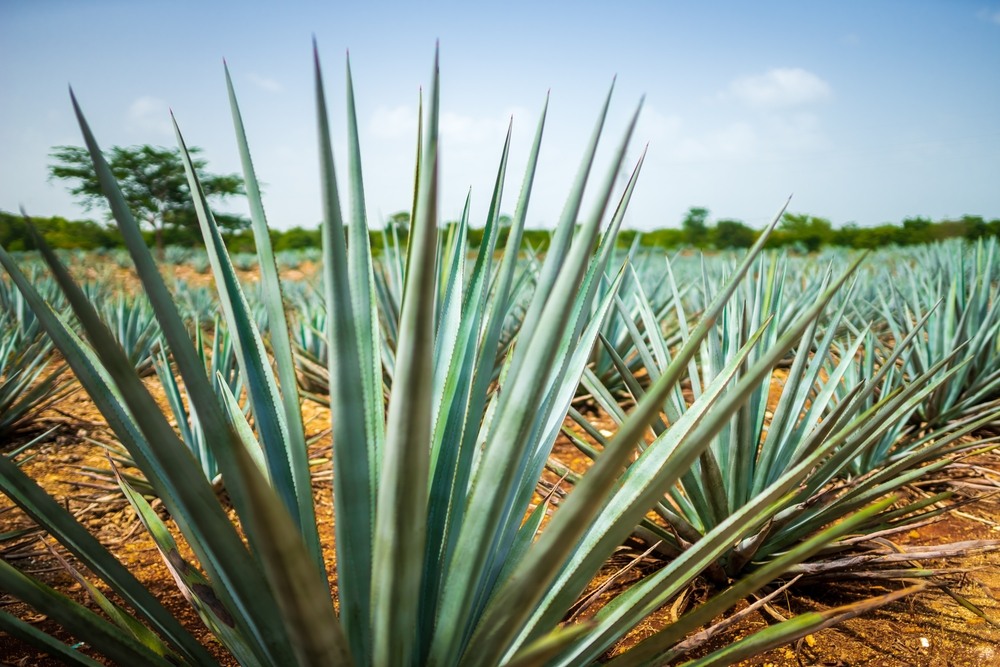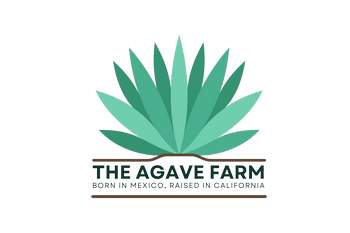The Top 10 Agave Species and Their Unique Uses
The Top 10 Agave Species and Their Unique Uses
Author
fotex
Share
Author
fotex
Share

Exploring Popular Agave Varieties and Their Applications
Agave plants are known for their versatility, offering benefits beyond tequila and mezcal production. Each species has distinct characteristics, making them valuable in different industries, from beverages to textiles and landscaping. Whether crafting artisanal spirits or searching for sustainable materials, understanding these varieties can enhance your appreciation for what agave offers. With so many options, selecting the right agave species ensures you achieve the best results for your needs.
Agave Tequilana: The Foundation of Tequila
When it comes to tequila, one species stands out above the rest—Agave tequilana, also known as blue agave. This species thrives in Mexico’s Mexico’s Jalisco region and is the sole agave permitted for tequila production under regulatory standards. Its high sugar content makes it ideal for fermentation, producing smooth, complex flavors that define premium tequila. Cultivating this agave requires patience, as plants typically take six to eight years to mature before being harvested. The piñas, or hearts, are then roasted and distilled, creating the beloved spirit enjoyed worldwide.
Agave Americana: A Multipurpose Marvel
Agave americana, commonly called the century plant, is one of the most visually striking species, often found in landscaping due to its large, dramatic leaves. However, its usefulness extends far beyond aesthetics. Traditionally, its fibers have been used to create ropes, mats, and textiles, providing a durable and eco-friendly alternative to synthetic materials. The sap, known as aguamiel, has also been a key ingredient in pulque, an ancient fermented beverage with cultural significance in Mexico. Additionally, the leaves can be used for medicinal purposes, treating minor wounds and skin conditions.
Agave salmiana: The Secret Behind Pulque
For those interested in traditional Mexican beverages, Agave salmiana plays a crucial role in the production of pulque. This thick, milky drink has been consumed for centuries and remains popular in some areas of Mexico. Unlike tequila, which involves distillation, pulque is made by fermenting the raw sap of the agave. Agave salmiana’ssalmiana’s large size and high sap yield make it ideal for this purpose, and its unique fermentation process results in a tangy, slightly sour taste. Beyond beverages, this agave species has also been used in traditional medicine and culinary applications.
Agave Angustifolia: The Backbone of Mezcal
Mezcal, a smoky and complex spirit, owes much of its flavor to Agave angustifolia. This species is widely used in mezcal production due to its balanced sugar content and relatively short maturation period compared to other agave species. It is particularly prominent in Oaxaca, where mezcal traditions run deep. Beyond mezcal, its fibers are also valued for artisanal crafts and textiles.
Agave Mapisaga: A High-Yield Option
Agave mapisaga is known for its immense size and high sap production, making it a top choice for pulque production. This species can grow significantly larger than most agaves, offering a steady source of aguamiel. In addition to beverages, its leaves have been used for construction materials and traditional crafts.
Agave Deserti: A Resilient Desert Survivor
Native to the arid regions of the southwestern United States and northern Mexico, Agave deserti is a hardy species that thrives in harsh conditions. Indigenous communities have long used it for food, roasting the piñas to extract natural sweetness. Its ability to withstand drought makes it a valuable plant for erosion control and xeriscaping.
Agave Parryi: A Decorative and Practical Plant
Agave parryi is often chosen for ornamental landscaping due to its compact size and striking blue-gray leaves. While primarily used for decorative purposes, it has historical significance in Indigenous cultures, where it was used for food, fiber, and medicinal applications. Its slow growth and resilience make it an excellent choice for low-maintenance gardens.
Agave Victoriae-Reginae: A Collector’s Favorite
This stunning agave species is prized for its symmetrical rosette shape and intricate leaf markings. Though not commonly used in large-scale production, Agave victoriae-reginae is sought after by plant enthusiasts and collectors. Its fibers have been used traditionally for weaving, and its drought tolerance makes it a valuable landscaping option.
Agave Sisalana: The Source of Sisal Fiber
Agave sisalana is best known for producing sisal, a durable fiber used in ropes, mats, and various industrial applications. Originally cultivated in Mexico, it is now in many tropical regions worldwide. While not typically used for beverages, its economic significance in the fiber industry cannot be overstated.
Agave Atrovirens: The Giant Agave
One of the largest agave species, Agave atrovirens, is known for its immense size and impressive yield of aguamiel. It has played a significant role in the production of pulque, similar to Agave salmiana and Agave mapisaga. This species produces thick, fleshy leaves and can grow to substantial heights, making it a striking addition to landscapes and a valuable resource for traditional Mexican beverages.
Elevating Your Craft with the Right Agave
Selecting the right agave species is essential for achieving the best project results, whether producing spirits, crafting textiles or seeking sustainable landscaping options. Each species brings distinct qualities, flavors, and applications, making it essential to choose wisely. At The Agave Farm, every step of your process matters. The goal is to enhance your craft, ensuring each creation reflects passion and quality. If you want to refine your tequila-making journey or explore the many uses of agave, it’s time to take the next step. Contact us today to create something unforgettable—from agave to glass!

